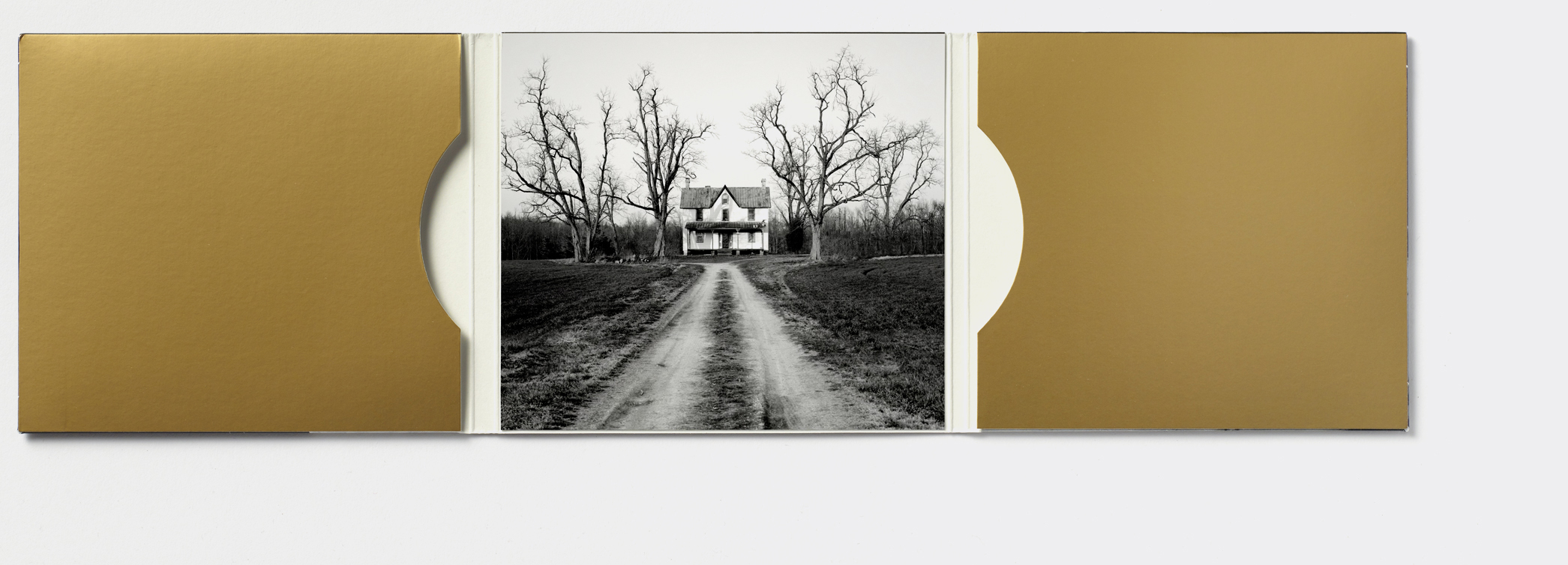Open music player
David Lang
death speaks
Cantaloupe Music, 2013
After life
My challenge for this release was to represent death. Not a scary death, but a kind and compassionate one.
There are two works on this disc: one of them, depart, is a special commission for a hospital morgue in France. The Raymond Poincaré Hospital in Garches commissioned David Lang to create music for the beautiful blue Salle Des Departs by architect Ettore Spalletti – where it was the hope of the doctors that the bereaved could peacefully see their loved ones for the last time.
For death speaks, the release’s title work, David Lang went through all of Schubert’s ‘Lieder’ (songs) and clipped out the parts where the figure of death talks to the living. He put death’s sentences together to create the text for his own song cycle. Death (sung by a woman, Shara Worden) invites us to come, be comforted and return to dust.
‘I hear you, I hear you call, I pity you, I am your friend, I am not cruel, give me your hand, you will sleep so softly in my arms’.
I listened to the haunting words and music a lot as I searched through many picture archives. I found pictures of actual dead people and ghostly faded images, but as they didn’t do David’s version of death any justice, I realised that I had to somehow parallel what he had done and represent death as a real person on the cover.
In the Library of Congress’s archives, I found a strange old photograph of an elderly man hovering over a young woman. Seen in full, it’s a funny but also quite nasty picture – the old man has a lecherous look on his face and the young woman holds a naughty, knowing gaze at the camera. But when I cropped tightly on his touch on her shoulder, I recognised David Lang’s – and Schubert’s – most gentle version of ‘Death and the Maiden‘.
I wanted to tell more of the story inside the wallet. David didn’t want any heaven clichés. It was a challenge to find images that were both emotional and ambiguous. I came across a photograph of a path in the snow at night, by American photographer Brian Arnold. It had hardly any detail but seemed to suggest a walk into the unknown, with its temporary path through a cold and empty landscape. The other image – a road that splits in two at a desolate house – I also found in the Library of Congress’s archives. I reworked it to give it the right format and symmetry. I wanted the images to suggest an open-ended journey, something timeless – maybe to an afterlife or maybe backwards into memory.


